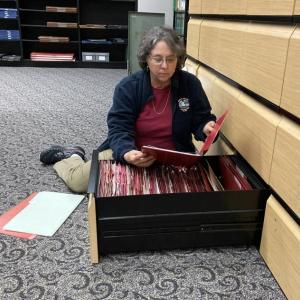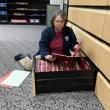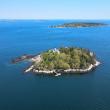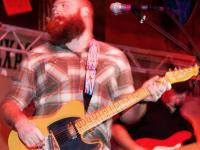Keepers’ Klippings
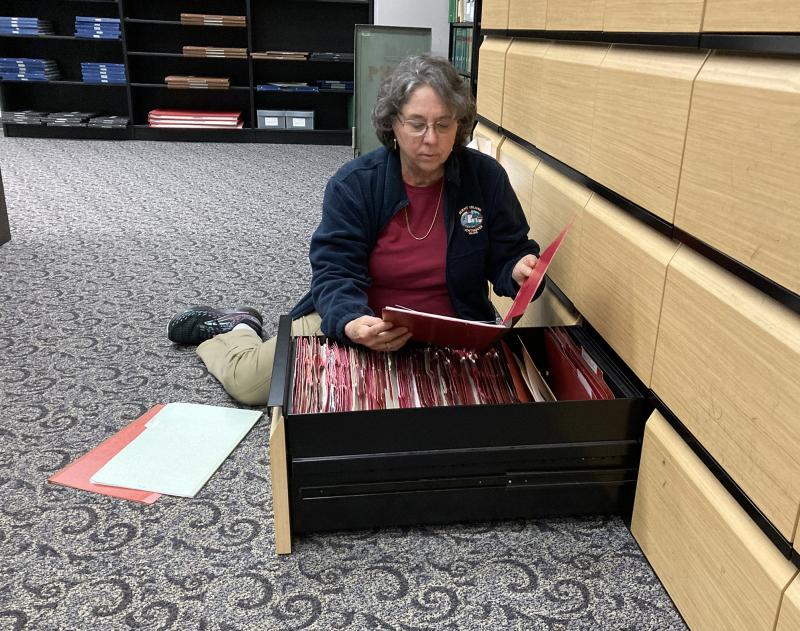 Elaine Jones researching at National Archives. Courtesy of Elaine Jones
Elaine Jones researching at National Archives. Courtesy of Elaine Jones
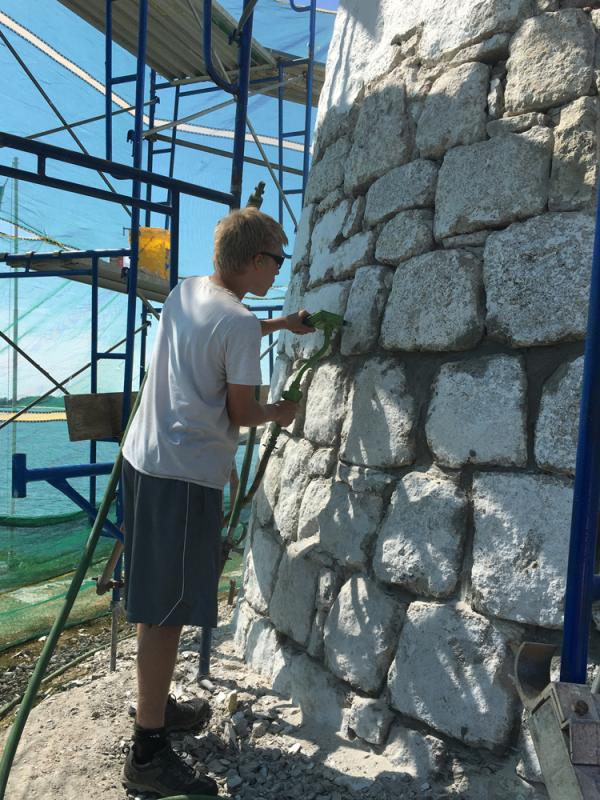 Burnt Island Lighthouse’s granite blocks being repointed during the 2020 restoration. Courtesy of Elaine Jones
Burnt Island Lighthouse’s granite blocks being repointed during the 2020 restoration. Courtesy of Elaine Jones
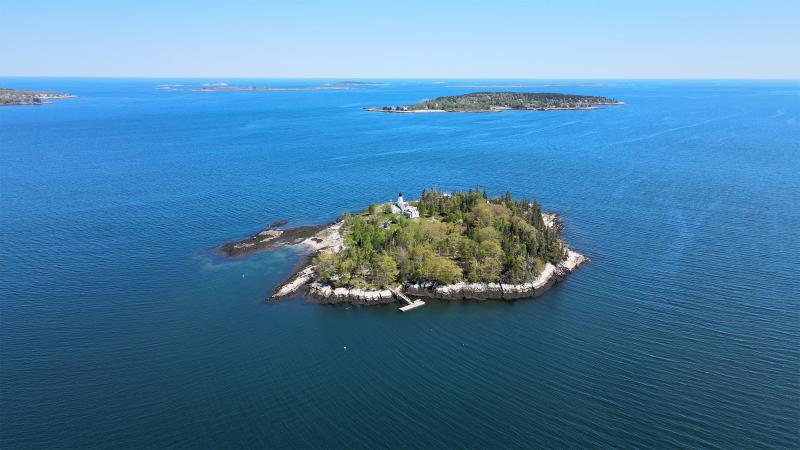 Burnt Island. Courtesy of Jonne Trees
Burnt Island. Courtesy of Jonne Trees
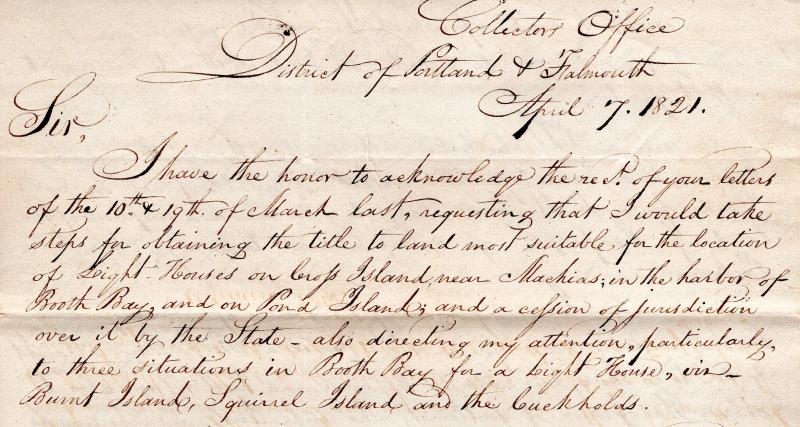 The opening lines of an 1821 letter considering three sites in Boothbay Harbor for its first lighthouse. The letter was written by Maine’s Superintendent of Lighthouses Isaac Ilsley. Courtesy of Elaine Jones
The opening lines of an 1821 letter considering three sites in Boothbay Harbor for its first lighthouse. The letter was written by Maine’s Superintendent of Lighthouses Isaac Ilsley. Courtesy of Elaine Jones
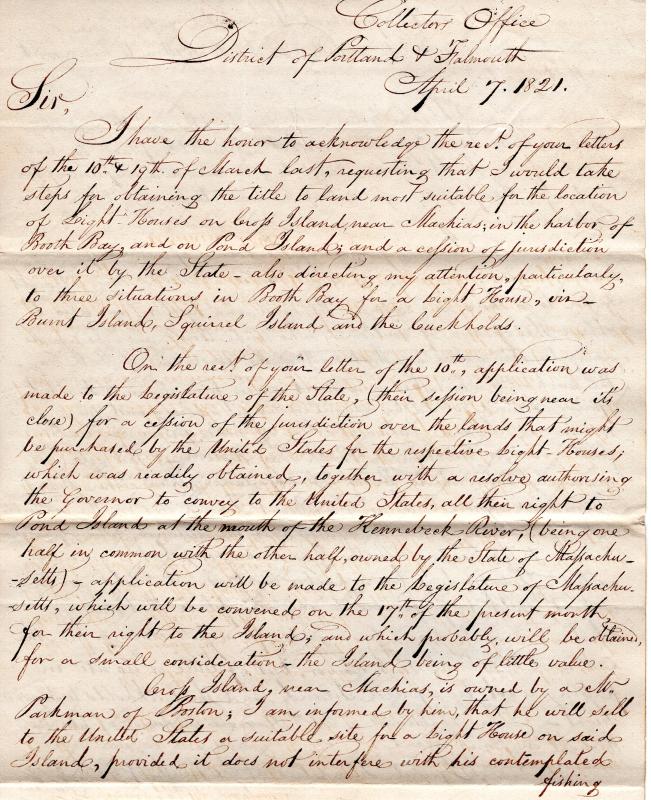 Isaac Ilsley’s full letter regarding Boothbay Harbor’s first lighthouse. Courtesy of Elaine Jones
Isaac Ilsley’s full letter regarding Boothbay Harbor’s first lighthouse. Courtesy of Elaine Jones
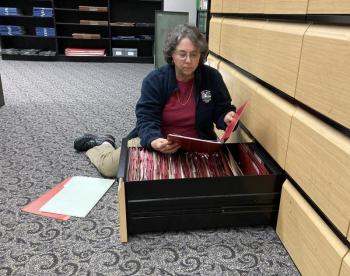 Elaine Jones researching at National Archives. Courtesy of Elaine Jones
Elaine Jones researching at National Archives. Courtesy of Elaine Jones
 Burnt Island Lighthouse’s granite blocks being repointed during the 2020 restoration. Courtesy of Elaine Jones
Burnt Island Lighthouse’s granite blocks being repointed during the 2020 restoration. Courtesy of Elaine Jones
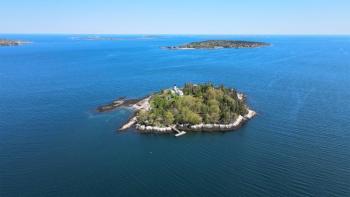 Burnt Island. Courtesy of Jonne Trees
Burnt Island. Courtesy of Jonne Trees
 The opening lines of an 1821 letter considering three sites in Boothbay Harbor for its first lighthouse. The letter was written by Maine’s Superintendent of Lighthouses Isaac Ilsley. Courtesy of Elaine Jones
The opening lines of an 1821 letter considering three sites in Boothbay Harbor for its first lighthouse. The letter was written by Maine’s Superintendent of Lighthouses Isaac Ilsley. Courtesy of Elaine Jones
 Isaac Ilsley’s full letter regarding Boothbay Harbor’s first lighthouse. Courtesy of Elaine Jones
Isaac Ilsley’s full letter regarding Boothbay Harbor’s first lighthouse. Courtesy of Elaine Jones
On a recent trip to Washington, D.C., I gathered historical information about Maine’s lighthouses with a special focus on those in Boothbay Harbor. After an intense week of research, I had unveiled many hidden gems that described site selections and building processes for the harbor’s three lighthouses: Burnt Island, Ram Island, and the Cuckolds. In this article, I will focus on the path to acquiring Burnt Island as the region’s first lighthouse site.
As a former teacher, I know that primary source documents serve as effective tools for teaching history because they provide information told directly by the person who experienced the event. So where would I find all the early records associated with Maine’s Lights? The National Archives and Records Administration (NARA) in our nation’s Capital. This important facility safeguards our country’s historical records and ensures that they are accessible to all who seek to learn from them.
Along route to Washington, D.C., I spent a day researching collections at NARA’s New England division in Waltham, MA and at its cartographic branch in College Park, MD. At each facility, I anxiously awaited the retrieval of archival boxes, binders, and microfiche in anticipation of finding facts within these government records. The unfolding and reading of 200-year-old documents not only generated joy and appreciation for their existence and preservation, but they aroused a sense of personal connection between myself and Boothbay’s forefathers.
After the thrill of discovery subsided, I then faced the challenge of deciphering letters, deeds, keepers’ logbooks, work orders, architectural drawings, and annual reports - all beautifully written in old, cursive-style penmanship. Information gathered from those resources should provide you with some insight regarding a small piece of Boothbay Harbor’s maritime history.
As recorded in the early 1800s, Boothbay Harbor, also called Townsend or Booth Bay Harbor, was a bustling port with ships from all over the world arriving to trade goods. The town's economy was heavily dependent upon the sea, with fishing and shipbuilding being main industries; products of lumber, firewood, and fish were major exports. Successes associated with this mid-coast trading center were attributed to its sheltered harbor and proximity to the open ocean.
In the Secretary of Navy’s annual report, Mahlon Dickerson confirmed its significance by stating: “This is well known as one of the most important harbors upon the whole coast. It is easy of ingress and egress, large, safe in gales from any point of the compass, with good anchorage in any part of it. It is the harbor which all vessels bound east or west, when met by head winds or unfavorable weather, endeavor to make, being a sort of rendezvous for coasters; and more than three hundred sail have been anchored there at one time.”
However, even experienced sea captains found entry and departure especially difficult at night and under foggy conditions due to narrow passages, numerous islands, and submerged ledges. After multiple shipwrecks in the treacherous waters of both the eastern passage by Fisherman’s and Ram Islands, and the islets called the Cuckolds in the western way, mariners, merchants and town officials sent serious complaints to Washington.
On March 3, 1821, petitioners’ cries were heard and action was taken by President James Monroe and members of the Sixteenth Congress. That day, they authorized the establishment of three new lighthouses in Maine. The legislative bill read: “And be it further enacted, that there be appropriated, out of any money in the treasury not otherwise appropriated, the following sums of money: For building three light-houses; one on Cross Island near Machias; one in the harbour of Boothbay; and one on Pond Island; ten thousand five hundred dollars.”
Authorization for site selection, and oversight of building construction, was granted to Isaac Ilsley, Esq., Maine’s Collector of Customs and Superintendent of Lighthouses. A letter dated April 7th from Ilsley to Stephen Pleasanton, Fifth Auditor of the U.S. Treasury Department, stated: “I have the honor to acknowledge the receipt of your letters of the 10th and 19th of March last requesting that I would take steps for obtaining the title to land most suitable for the location of a lighthouse …….. directing my attention particularly to three situations in Booth Bay for a Light House on Burnt Island, Squirrel Island, and the Cuckholds.”
After receiving various opinions regarding the most effective place for a lighthouse, Isaac Ilsley traveled from Portland to Boothbay Harbor on April 3rd to interview local authorities and sea captains. Dr. Daniel Rose, a well-respected citizen of the community, led a charge of 38 petitioners in promoting Burnt Island as the most suitable site. They wrote: “…. we pray that it might be erected there. For if it should be placed on Squirrel Island, the object of the coasters in making application for a light to direct them into the harbor will be totally defeated.”
After the Secretary of Treasury approved the building site as Burnt Island, Isaac Ilsley proceeded in working with State officials to cede to the United States its jurisdiction, and to secure its purchase from business partners Jacob Auld and Joseph McCobb for the fair market price of $150. In tracing earlier ownership, both Burnt Island and neighboring Mouse Island (spelled “Moose” in early deeds) were owned by Andrew Reed. In 1792, he sold the two islands to his son David for 20 pounds ($25), who in turn willed the properties to his son Paul Reed. In 1808, Paul Reed sold Burnt Island to William McCobb for $50, who in turn passed it on to his two nephews Jacob Auld and Joseph McCobb.
On July 17, 1821, a request for proposal to build the light station was advertised in Portland’s Eastern Argus, and by the beginning of August a building contract for $2,490 was signed with Noah Humphrey and Jairus Thayer. These stonemasons came ashore tasked with constructing a lighthouse and keeper’s dwelling using the island’s granite – a readily available building material. Hand drills, chisels, and hammers were used to remove rough cut, granite blocks from surrounding bedrock. The tower was positioned on the southeastern shore’s highest point and the house was constructed atop the harvest site, creating the perfect cellar space beneath.
The building schedule for Burnt Island, and that of nearby Pond Island, progressed at about the same rate. In Isaac Ilsey’s letter of October 2nd, he inquired about the need for keepers as construction was nearing completion. He wrote: “It will be necessary that Keepers be appointed to take the charge of the establishments.” For Burnt Island, he recommended William Reed, Daniel Pierce, Samuel Faber, Joshua Cushing, and Ebenezer Plummer, with Cushing receiving the appointment.
On October 9th, the Eastern Argus posted a Notice to Mariners that read: “Two Light Houses have recently been erected on the coast …… completed about a week since and to be lighted as soon as the necessary apparatus can be received from Boston.” Exactly one month later, that day arrived. At sunset, Keeper Joshua B. Cushing carried enough whale oil up the spiral stairs to fill and light 10 Lewis reflector lamps for the very first time.
Now over 200 years later, the ninth lighthouse built along Maine’s coast holds the distinction of being the oldest “original” tower. Thanks to solid materials and excellent workmanship, Boothbay Harbor’s first guardian continues to serve mariners passing in and out of port.
Science teacher and retired Education Director at the DMR, Elaine Jones has been recognized for her vision, dedication and 30 years of public service. She designed the Maine State Aquarium and acquired/repurposed Burnt Island Light Station, where students, teachers and visitors alike shared hands-on learning through interactive exhibits and living history programs. Her passion for teaching continues as founder of the nonprofit Lighthouse Education & Nautical Studies (LENS).

